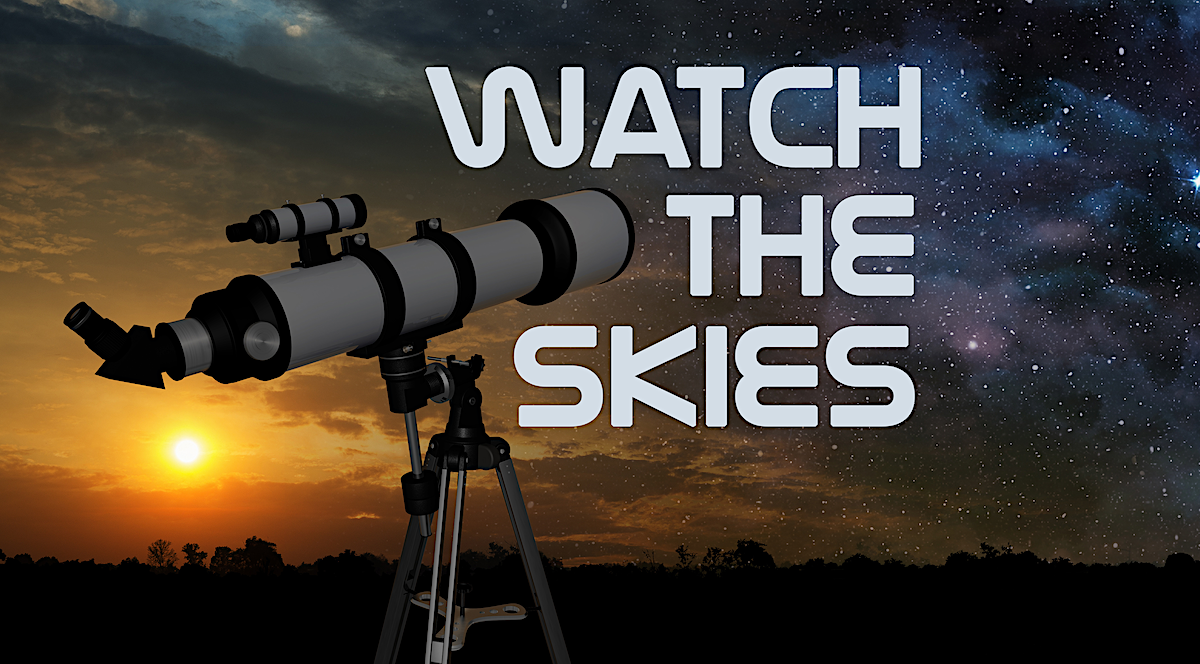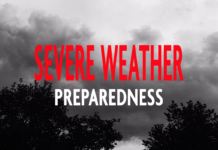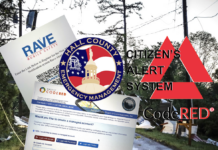
As the weather begins to gradually warm up over the next month there should be ample opportunities to head outside and take in the night sky. Here’s a few things to look forward to over the coming month. Most of the events this month involve the moon, but looking towards April we are coming up quickly on the total solar eclipse on April 8, so don’t forget about that!
March 3: The moon will make a close approach to the star Antares. Antares is the brightest star in the constellation Scorpius. It is the “heart” of the scorpion, fitting since it is a red supergiant star around 13 times more massive than our sun. This gives it its red color in the night sky. The last quarter moon also occurs tonight.
March 7: Mars and the moon will make a close approach in the morning sky. You can find the red planet just to the left of the waning crescent moon before sunrise.
March 10: You can’t see this one, but a new moon occurs today. The moon will also be at perigee, its closest approach to Earth. This technically makes it a “super new moon”, an interesting companion to the widely celebrated super full moons. This is the last new moon until the one on April 8 that will result in a total solar eclipse over the US.
March 13: The moon and Jupiter will appear close to each other low in the west during the evening. This very young moon will be nothing more than a thin crescent, a beautiful sight to see in its own right.
March 16: The moon will reach first quarter phase today. It will appear gorgeous high in the evening sky.
March 19: Venus will reach its furthest point from the sun during its orbit. It will appear very, very bright in the morning sky as the easiest to find object. Today is also the vernal, or spring, equinox. Happy first day of spring!
March 21: An impressive conjunction of Venus and Saturn will occur during the early morning. The two planets will appear close enough to nearly touch and easily be visible in the same field of view on small telescopes. This is a unique opportunity to view Saturn’s rings alongside a nearly-full Venus. That’s right, Venus has phases. It will be nearly full for most of this year eventually appearing again in its half and crescent phases by early 2025.
March 24: Today will be the easiest time to see Mercury. It will be at its farthest point from the sun (called elongation) from our point of view. The best time to look is around 30 minutes after sunset, but even then it can be a challenge with the dim planet low in the sky.
March 25: A full moon and penumbral lunar eclipse will occur tonight. The eclipse is very minor and will be all but invisible to the naked eye. It is, however, a precursor and directly related to the total eclipse on April 8th!
One other thing worth mentioning is that with the spring equinox this month March is a wonderful time to see the zodiacal light. This faint triangle of light extends from the western horizon towards overhead after sunset. It is caused by remnant dust along the ecliptic. It requires dark skies to see but is absolutely worth it if you get the chance.
March is definitely a great month to check out the night sky so grab a blanket and enjoy!







